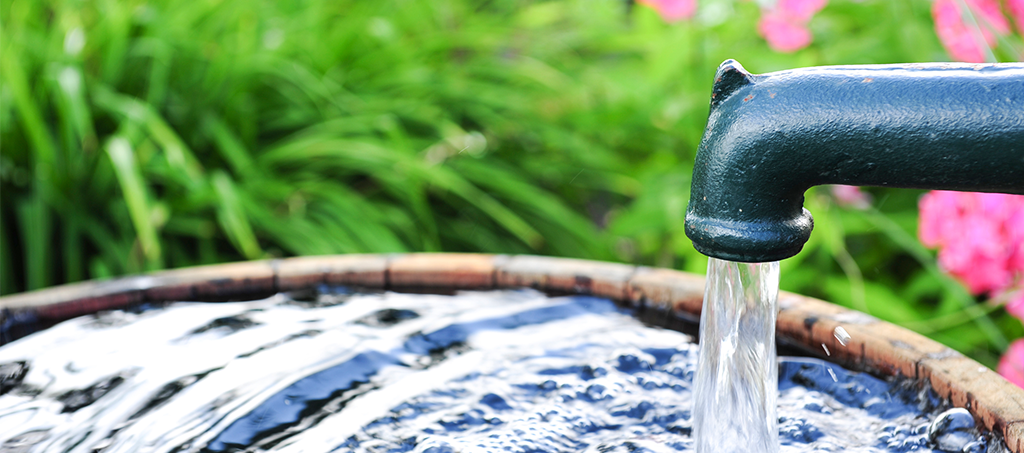Water Conservation Tips

When you start saving water, you start saving money
Being water and energy efficient provides a wide range of benefits, for consumers, businesses and the community as a whole. Using less water means moving and treating less water, which helps reduce the strain on our drinking water supplies and wastewater infrastructure.
Delivering water and wastewater services is also an energy-intensive effort, as the water is treated, pumped to homes and businesses, then pumped to wastewater facilities to be treated again. Pursuing energy efficiency in our water systems can significantly reduce operating costs, while mitigating the effects of climate change.
Whether through simple daily tasks or the installation of water-efficient products, there are many ways to decrease water and energy use in our homes. You can cut your water usage by changing a few habits. Consider following some of these steps throughout your house:
- Make sure your home is leak-free
Check your water meter over a period of time when you are certain that no water is being used. If the meter reading changes, you have a leak. And repair leaks as soon as they are discovered. A seemingly small leak can waste 70-100 gallons of water per day.
- Check your toilet tank
Lower the rise of toilet tank water by adjusting the tank float. Another option is to put a small plastic jug filled with water and some weights into the tank to displace water. You could save up to half a gallon with every flush. If you are remodeling your bathroom, replace your old inefficient 3-5 gallon-per-flush toilet with a new low volume 1.6 gallon-per-flush model.
Leaks may be difficult to see, so check your toilet tank by adding a few drops of food coloring into the tank. Wait 20 minutes and then look in the bowl for traces of the dye. If you see the dye in the bowl, you have a leak. If the color in the tank is lighter or you don't see the dye any longer, this is another indication that you have a leak. Call a plumber if you can't fix the problem yourself.
- Install low-flow devices
Installing a low-flow showerhead or fitting a flow restrictor into your current shower-head can reduce water use by 50%. A low flow sink faucet aerator can save up to 280 gallons per year. These devices also save on hot water costs and increase water pres-sure.
- Cut down on marathon showers
A shower almost always uses less water than a bath. Even a five-minute shower can use about 35 gallons of water, so keep it short! Shorter showers save hot water costs and air conditioning bills.
- Turn off the water while brushing teeth or shaving
Only turning on the water to rinse can save up to 10 gallons of water per day.
- Defrost food in the refrigerator
Don't use running water to thaw food; it wastes water. Defrosting in the refrigerator also helps prevent bacterial contamination.
- Don't over-wash for clothes
By eliminating the pre-soak and second rinse cycles when you use your washing machine, you can save as much as 19 gallons of water per load.
- Put the hose away
Washing your car with a bucket and sponge instead of a hose saves a lot of water. A hose can waste 6 gallons per minute if you leave it running, but using a bucket and sponge only uses a few gallons. Where possible, consider putting your car in the grass to allow the water to soak back into the ground instead of the sewer.
- Beat the heat
The best time to water your yard is in the early morning or late evening when it's cool outside. Watering when it's hot and sunny is wasteful because most of the water evaporates before the plants have time to drink it. Also, when watering the yard, make sure not to water the plants too much. Remember that a little sprinkle goes a long way.
- Remember, water can be recycled
Don't pour water down the drain when there may be another use for it. For example, when meals are prepared and vegetables or other fresh produce are washed, collect that water and use it to water the plants.